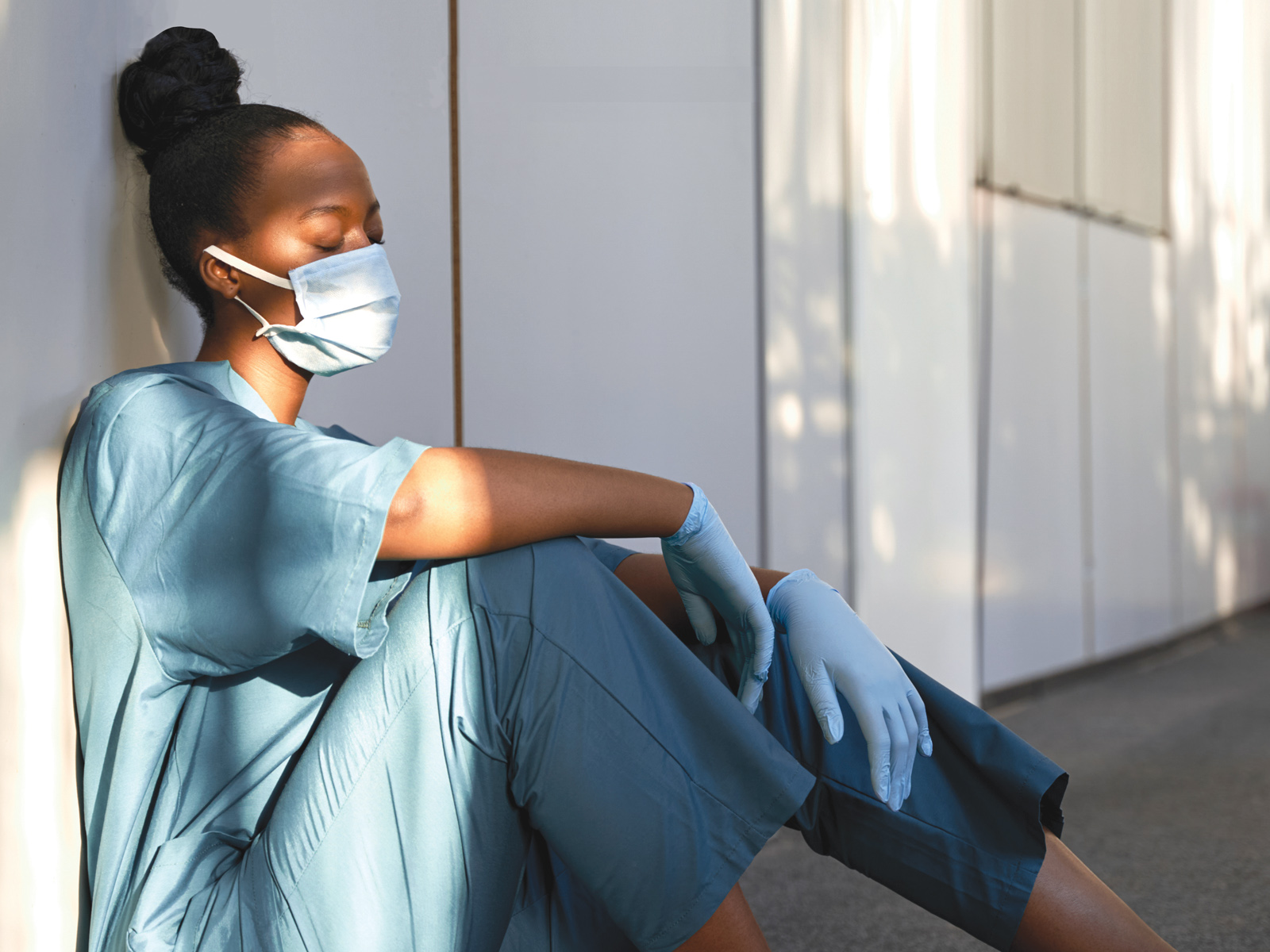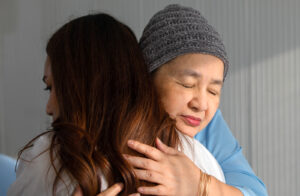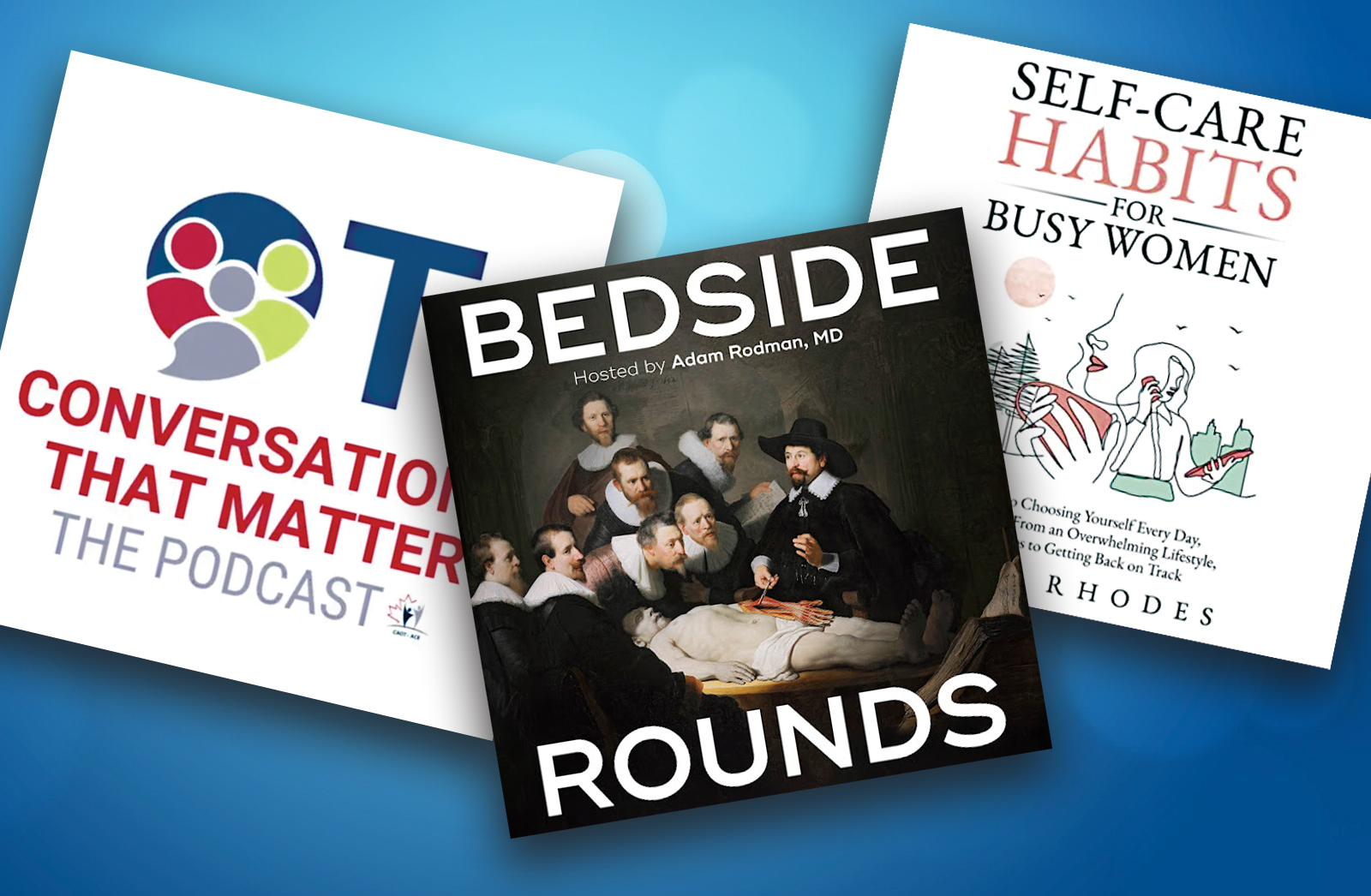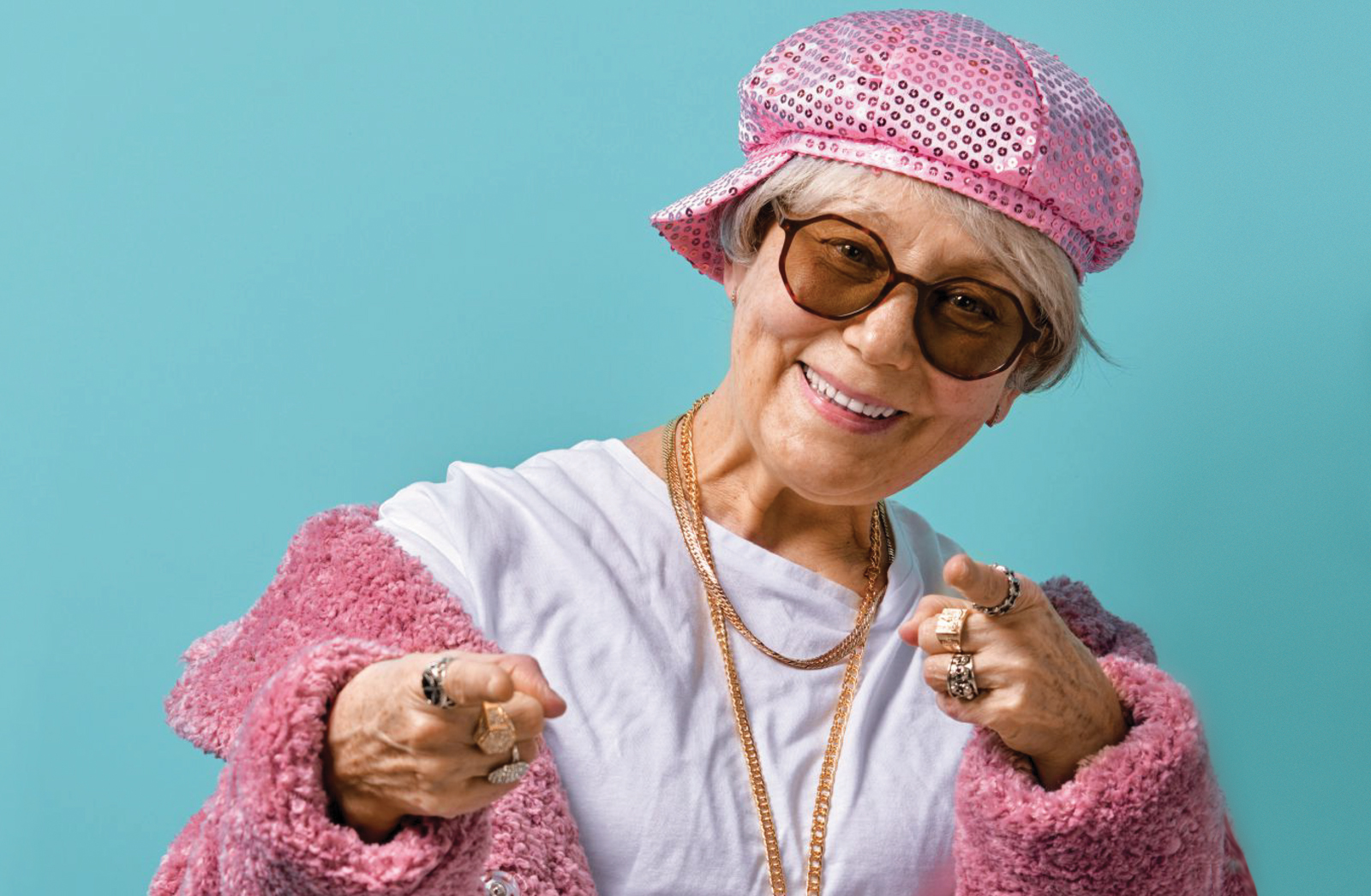Disabled, racialized medical students at risk
By Louise Kinross
Last year a groundbreaking study found that Black people in American counties with more Black primary-care doctors live longer, yet research shows that Black medical students have higher rates of burnout than white students, which means they’re at risk of leaving the field.
Recently, a new study in JAMA Network Open looks at burnout rates in medical students with disabilities, including those who are racialized.
The study of over 27,000 medical students in the United States found students with one disability were 70% more likely to report burnout than nondisabled peers. When a student had multiple disabilities, that likelihood rose to 254%.
Students with disabilities who were racialized had the highest risk of burnout—a more than three-fold greater risk.
“If you have multiple disabilities and you’re Asian or Black or Hispanic or identify as Indigenous, then your risk of burnout is even higher than that of white students with multiple disabilities,” says lead author Mytien Nguyen. Mytien is a medical student at Yale School of Medicine training as a surgeon and doing a PhD in immunology.
Burnout describes a lack of motivation or exhaustion—which can be physical, mental and emotional—and a feeling of being disconnected, Mytien says. Medical students across the country filled out a survey that used a 16-item scale that evaluates exhaustion and disengagement.
“During the pandemic, burnout in physicians has been a predominant conversation, but burnout was prevalent in marginalized medical students and trainees before the pandemic,” Mytien says. Factors can include “a training environment that is not conducive to learning, the added stress of facing discrimination, and the additional burden of being asked to represent your community in a lot of diversity work. “Many medical trainees don’t disclose a disability because medicine in general is ableist. They fear that bias and stigma, and worry about whether disclosure means they won’t be able to match into the specialty they want. Prior research has shown that requesting accommodations can be challenging and takes a lot of additional work, and what you receive may not be sufficient.” The scientists wanted to examine the intersection of multiple disability with race and ethnicity.
Students who burn out may leave medical school or decide not to do residency training. “If they stay in the field, they’re not as engaged and don’t have that energy to be an active member and bring their best self everyday,” Mytien says.
Having doctors that reflect the patient population “is critical for quality and equitable health care,” Mytien says. “If you think about it, many of our patients are people with disability and our workforce needs to understand our patient populations and reflect the diversity of all of them.”
Mytien recalls growing up “in an underserved community in a rural area, where I was never able to see a physician who looks like me, or who identifies with me. I used to be my family’s interpreter. It’s very challenging for patients to develop a relationship with a physician when they don’t identify with them.”
Next steps for her research are to look at retention rates in medical school students based on disability, race and ethnicity.
Louise Kinross is editor of BLOOM, Holland Bloorview’s blog and e-letter on parenting children with disabilities.
hollandbloorview.ca.














